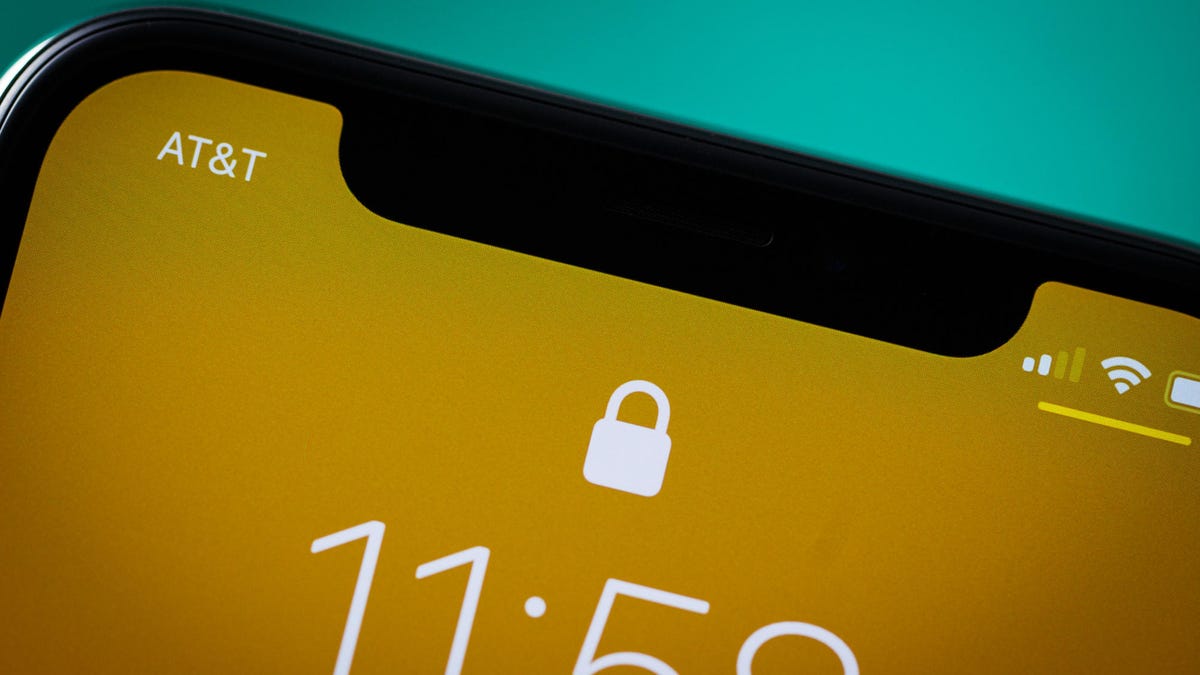The iPhone X, 6 months later
Commentary: Apple's phone of the future, midstream.

Apple promised a revolution with the iPhone X when it was first announced on September 12, 2017. At the time, I was skeptical. What I mainly wanted was a perfect size, nothing too big. I wanted less bezel. I was also excited by the possibilities of not having a home button. And I wanted it to advance AR in some way. Yeah, I'm into things like AR.
What concerned me was how well Face ID would replace Touch ID, which worked fine for me as a fast everyday way to unlock and use the phone, and pay for things. Face ID seemed to be hard to adjust to. Would it always work?
Six months after its November 3 release, here we are.
Nice form
I love the iPhone X's design. It's a perfect size. It's always good to hold. I even like its heft.
Apple's notorious notch in the display was mocked then. Now every phone seems to have one. The notch on the iPhone X is fine, but I'd like if the display worked around it better. And the lack of extra bits of info I used to get at the top of the screen that the notch took away, like battery life percentage or whether Bluetooth is on? I've gotten used to it, but it's still annoying.
What's most impressive is how easy it is to use Apple's new bottom-of-the-screen gestures. Life without the home button? It's just fine. I've come to love the swipe-up and swipe-away moves that now exit apps and swap apps. It's natural and smooth.
Google's Android P has adopted similar gestural ideas, but Apple's use of navigation in the iPhone X version of iOS 11 is wonderfully fluid, and an improvement on where iOS had been. It's a guide for where iPhones and iPads can go, and hopefully even future refinements of the Apple Watch (which isn't far away from some of the X's gesture philosophy).
Facing what needs to be improved
What about Face ID? It works... except for when it doesn't. I still find it slow. And many times, when I need it most to discreetly and quickly unlock my phone to do something fast, I default to tapping in my passcode.
That never happened with Touch ID, unless my hands were wet or in gloves.
Also, Face ID sometimes doesn't work when I wake up and am lying on my side, or am holding the phone close to my face without glasses on, or when tilting it up a bit from a table, or just at random times. It works when I hold it face-on, but its range and angles are hard to predict. And that means I have less control over it. A Face ID 2 seems needed: faster, wider angles. I'd still like a fingerprint sensor to fall back on, but not exactly sure where I'd put it. Maybe under the screen.
Still, the fact that Face ID works at all is somewhat amazing. And I love it for autoentering passwords -- it's so automatic that I want it on Macs, iPads and everywhere else. I just wish it was more consistent.
I'm not wild about the iPhone X's battery life. I'd like to have one iPhone that really lasts a whole day without me panicking at 3 p.m. trying to get a recharge top-off.
Excitingly normal
Six months in, there are still some weird iOS interface glitches. Some readouts on top that overlap text at times. A stray app icon that floats in the app grid, hanging in the corner. That's iOS 11. But individual apps have nearly all updated for the X. Kindle, Google Docs, many games. I can't complain.
I think the X is the iPhone to have. But I can see logic in people waiting it out. I looked at the red iPhone 8 Plus recently and it felt large, but fine. The X's Face ID seems like tech that could get a lot better with another year of refinements. And I'd like to see more apps make use of the 3D-scanning TrueDepth camera for more wild augmented reality ideas. We're more than halfway to a likely September iPhone announcement (since the X launched late). And, if Face ID gets a revamp, it could make a few months of patience worth your time. Apple will have more news on iOS (and who knows, maybe even a new entry-level iPhone) at WWDC in a few weeks.
The iPhone X is great, and it seems like the model for where all iPhones are going. It's not perfect. It's definitely too expensive, by mid-2018 standards. But it seems normal now. Not futuristic, not jarring. It's a reliable everyday phone, and it's comfortable to use. And maybe that's the iPhone X's biggest success of all.
This story was originally published on May 11, 2018.
2018 iPhone: All the rumors on specs, price, release date and more.
Best phones of 2018: CNET's top picks of the year so far.

